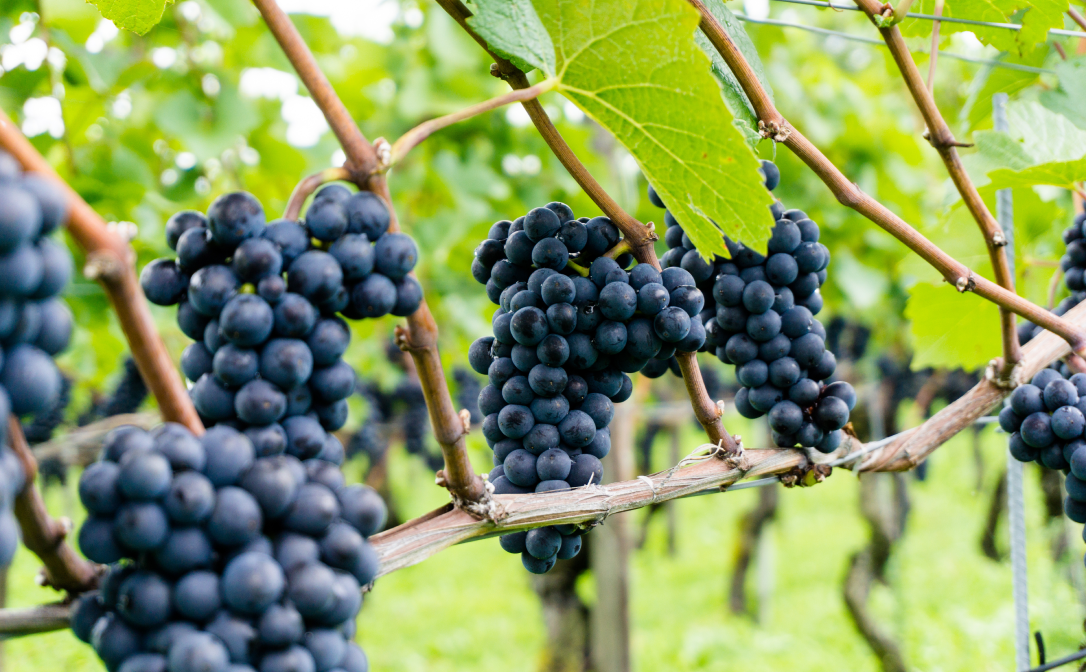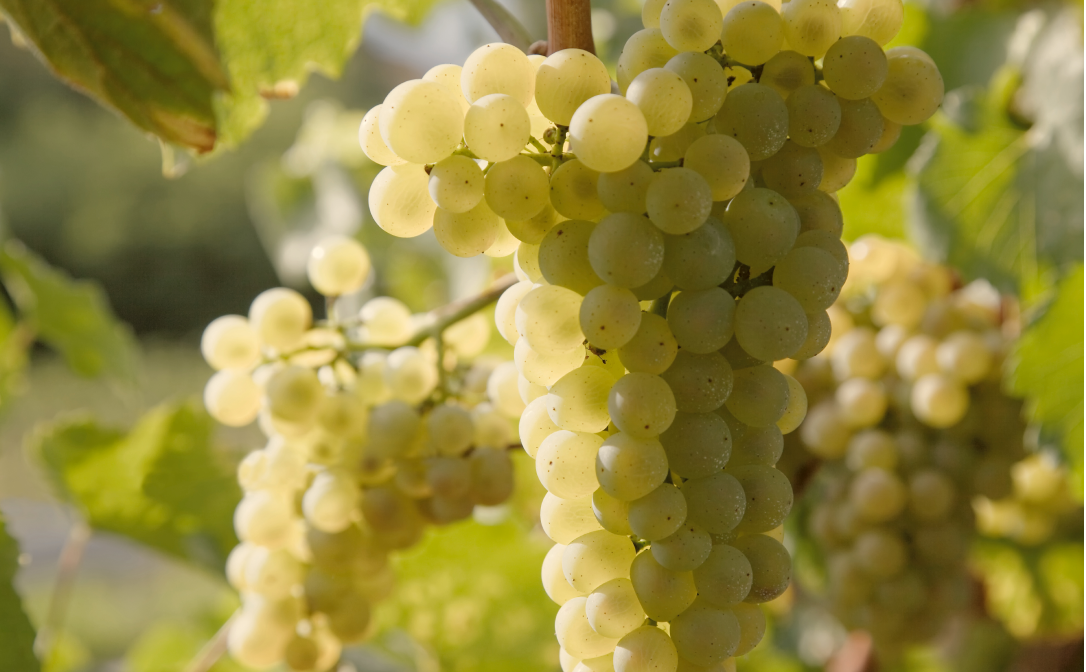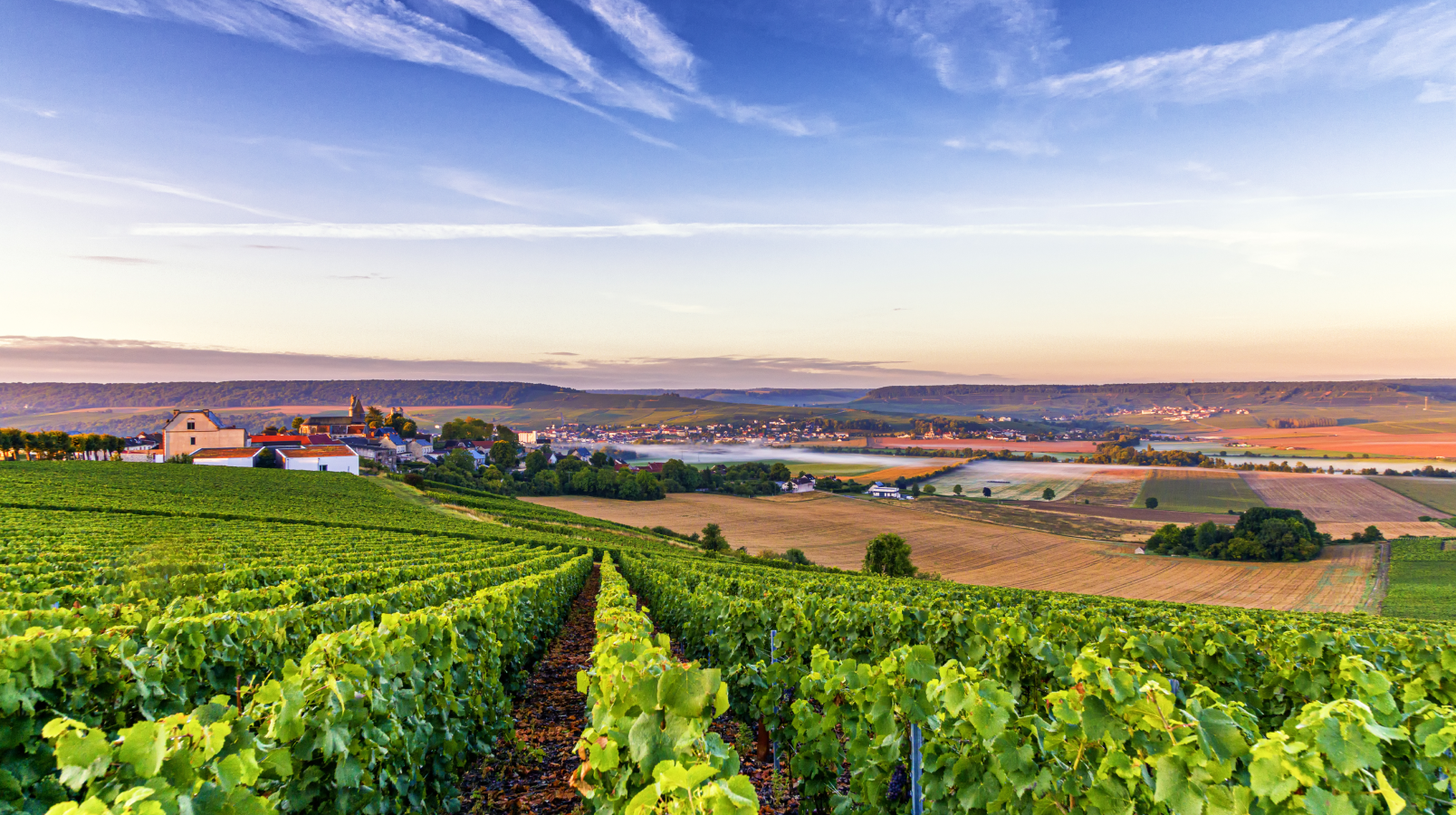How we define the style and quality of champagne has historically centred around method over material. Traditional method sparkling wines such as champagne are inherently interventionist - lees ageing, sugar additions and blending decisions arguably play a more important role than grape variety in understanding the final style.
But things are changing. For Champagne’s southerly neighbour, Burgundy, single-variety, single-vineyard wines reign supreme - it is this approach to quality which has captured the fine wine zeitgeist in recent decades. Champagne is not immune to the “Burgundification” trend; we see producers from growers to big houses increasingly platform ‘singularity’ in their production and marketing. In this context, understanding Champagne’s grapes, where they are grown and how they contribute to the final style has become much more relevant for today’s champagne fan.
The nine grapes of Champagne
There are nine - yes, nine - grape varieties permitted under Champagne AOC regulations. By far the most important are Pinot Noir, Meunier and Chardonnay, which make up around 99% of plantings. The remaining six, a mix of very old and recently approved grapes, occupy a small but increasingly important place in the region’s viticultural story.
Pinot Noir (≈38% of vineyard area)
At around 13,000ha, Pinot Noir is the most widely planted grape variety in Champagne - with plantings even greater than the c.10,000ha in its original home of Burgundy. Pinot Noir vines bud early in spring, making them highly susceptible to damage by frost - a weather hazard which is increasing in the region. Pinot Noir is also susceptible to fungal diseases, including downy and powdery mildew, botrytis, and viral infections fanleaf and leafroll virus. In other words, it is a headache for a viticulturalist. Pinot Noir’s fragility may go some way to explaining the mystique and reverence this grape holds for still and sparkling wines alike.
In Champagne, Pinot Noir may be informally known by local names including Pinot d’Aÿ and Pinot d’Ecueil. The early-ripening mutation ‘Pinot Noir Précoce’ is not classified as a separate variety in Champagne. It can ripen up to two weeks earlier, making it better suited to cooler sites. It is not clear what proportion of plantings are Pinot Noir compared to Pinot Noir Précoce in Champagne.
Pinot Noir makes up the vast majority of plantings in the Aube, a sub-region in the south, where warmer conditions help it achieve consistent ripeness. Montagne de Reims is also associated with Pinot Noir, and indeed there are significant plantings, but this subregion has less uniform topography and Pinot Noir is reserved for the warmest sites.
Aromas associated with Pinot Noir champagnes are ripe and rich - peaches, strawberries, violets and cinnamon spice. On the palate, the wines provide power, body and structure. Pinot Noir also forms the backbone of many rosé champagnes - be that via blending or short maceration - contributing both colour and texture to the wines.

Chardonnay (≈31%)
Chardonnay is the key white grape variety of Champagne and the cornerstone of what is thought to be the region’s most ageworthy style, blanc de blancs.
Locally known as Épinette, Morillon Blanc, or Romeret, Chardonnay thrives on the chalky soils of the Côte des Blancs, where it represents nearly 98% of plantings, as well as the Côte de Sezanne - a more variable continuation to the Côte des Blancs. Like Pinot Noir, Chardonnay is early-budding, making it vulnerable to damage by spring frost. It’s also prone to coulure, millerandage, powdery mildew and botrytis. Despite this, Chardonnay has better disease resistance than Pinot Noir, as well as being capable of high yields, making it an attractive option for growers.
Chardonnay is said to contribute delicate aromas to a blend, including floral, citrus, and aromas sometimes described as ‘chalky’ or ‘saline’. Structurally it can be considered ‘austere’ in youth, with bracing acidity contributing to a leaner palate. Its acid and tightly woven aroma profile make it the ideal base for long-aged wines, both pre- and post-disgorgement, prized for their tension and finesse.

Pinot Meunier (≈31%)
Pinot Meunier, also referred to as Meunier, takes its name from the French word for “miller”, for the white-dusty appearance on the underside of its leaves. In the past considered Pinot Noir’s inferior sibling, Meunier is undergoing a small renaissance.
Meunier buds later than both Pinot Noir and Chardonnay, making it better suited to frost-prone areas such as the clay soils of Vallée de la Marne and the north facing sites on the ‘Petite Montagne’ of the Montagne de Reims.
Meunier is considered to produce broadly textured wines which are more distinctively fruit-dominant and develop honey-nut tertiary characteristics earlier than Pinot Noir or Chardonnay. These wines can be more characterful in youth, making Meunier an attractive option for early drinking styles - including examples which deliberately do not undergo long lees ageing. As fruit in champagne gets riper, we see a negative correlation with techniques such as heavily extended lees ageing, no longer needed to buffer searingly high acid levels - which may explain why Meunier is in vogue.
The lesser known (≈0.3% of production)
Before phylloxera decimated vineyards in the late 1800s, the Champagne region grew a wide range of grape varieties. Post-war replanting favoured quantity over diversity, with the Pinot Noir, Meunier and Chardonnay coming out on top. The lesser known varieties are trickier to grow and lower yielding. Today, small but important plantings of so-called ‘heirloom’ grapes are being increasingly prized to enhance biodiversity, as well as nod to the historic tradition of champagne.
-
Arbanne
Indigenous to Champagne and historically revered. Very late-ripening and high in acidity, making it a more attractive option as things get warmer. Aromas associated with Arbanne include yellow fruits like quince and herbal or floral aromas such as hawthorn, carnation and pine needles.
-
Petit Meslier
A cross of Gouais Blanc and Savagnin. Like both its parents, Petit Meslier wines are very high in acidity. Wines can be described as herbaceous and citrusy, with aromas such as rhubarb, grapefruit and green apple. Petit Meslier has a very narrow harvest window, making it difficult for producers to manage logistically.
-
Pinot Blanc
Fairly cold hardy but poor resistance to fungal diseases. Provides aromas of white flowers and apples, acidity can dip too low.
-
Fromenteau (Pinot Gris)
Known locally as Enfumé for its smoky, nutty aromas. A lower acid, colour mutation of Pinot Noir that was once highly prized but fares worse as temperatures get warmer.
Voltis
In 2022 Champagne introduced a new grape variety, Voltis, a disease resistant hybrid grape called a PIWI. This makes Voltis the first PIWI variety ever to be accepted into a French appellation. It is currently under ‘experimental authorisation’, with trials continuing until 2033 when the INAO will determine whether to give full approval. It may constitute up to 5% of a grower’s vineyard and 10% of a blend. Early trials conducted by the Comité Champagne proved positive, with base wines of 90% Chardonnay and 10% Voltis outperforming even pure Chardonnay wines in blind tasting trials.
Chardonnay Rose
Discovered in Champagne in the early 20th century, Chardonnay Rose is a pink-skinned mutation of Chardonnay. It was officially recognised as a permitted grape variety in July 2025. The wines it produces are similar to Chardonnay blanc, though often slightly fruitier.
While Pinot Noir, Meunier and Chardonnay will continue to be the foundational grapes of Champagne, more attention placed upon lesser-known varieties reflects a gradual evolution within the region. It marks a shift in the Champagne story - from one primarily focused on vinification and maturation to a focus on viticulture, allowing Champagne to emphasise the importance of genetic diversity, site expression and environmental sustainability in shaping the region’s future.
References
- Jancis Robinson, Harding, J. and Vouillamoz J.F. (2012). Wine grapes : a complete guide to 1,380 vine varieties, including their origins and flavors. New York: Ecco/Harpercollins.
- Liem, P. (2017). Champagne. Ten Speed Press.
- Hewson, T. (2022). Six Atmospheres | Champagne & Sparkling Wine | Tom Hewson | Substack. [online] Substack.com. Available at: https://sixatmospheres.substack.com/
- www.champagne.fr. (n.d.). Home | Le site officiel du Champagne. [online] Available at: https://www.champagne.fr/en.
This blog post was written by Anjali Douglas DipWSET, Tastings and Events Manager and Wine Educator at WSET School London. She currently teaches the Levels 1-4 wine qualifications at the school, specialising in sparkling wines. As Events Manager, she oversees a programme of 100 annual consumer events, from introductory tastings to advanced masterclasses. She is a Stage 2 Master of Wine candidate via the prestigious Dom Pérignon Golden Vines Scholarship and she is also part of the leadership team for Women in Wine LDN.


